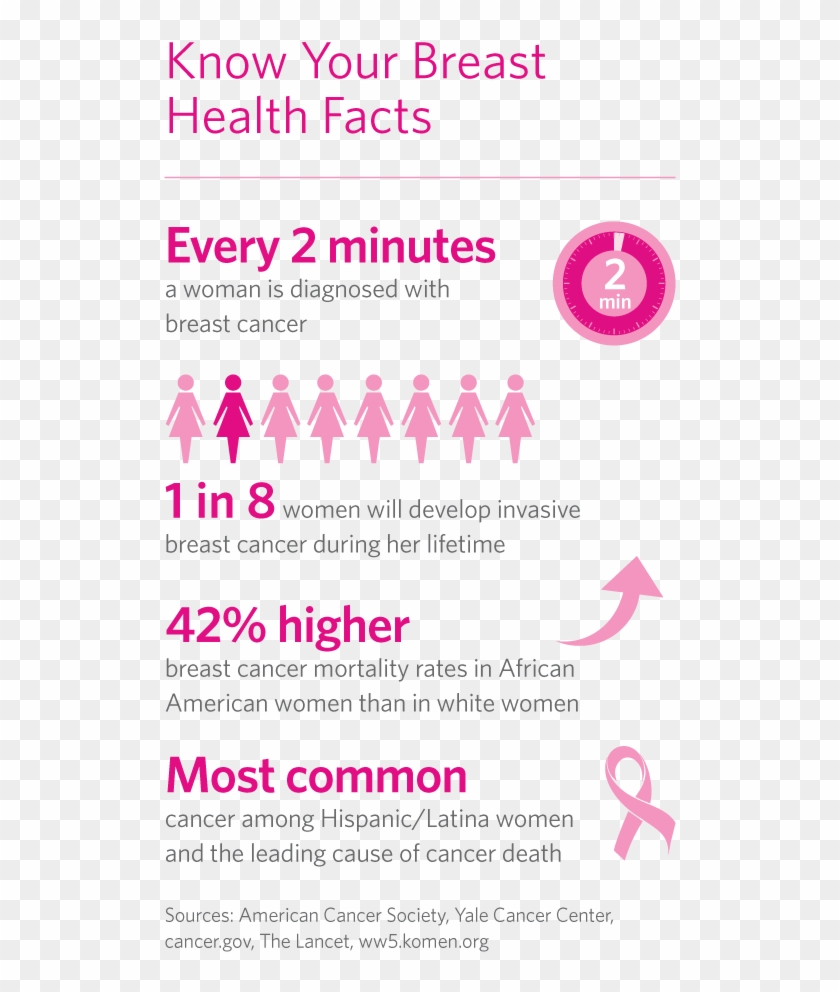Bust Cancer Cells Surgical Procedure - Analysis As Well As Reconstructive

Written by-Carlsen Kearns
Surgical procedure for breast cancer cells is frequently a therapy, but it can likewise be diagnostic and rebuilding. In some cases it involves removing just the lump (lumpectomy) and also various other times a full mastectomy.
The majority of individuals who go through a lumpectomy can go residence within an hour. Some that have a mastectomy and tissue flap restoration might require a longer medical facility stay.
Mastectomy
In this significant surgical treatment, the specialist eliminates both busts. It might be the suggested treatment for early-stage invasive bust cancer that can not be treated with lumpectomy or radiation, or for ladies that have a high risk of establishing bust cancer based upon genetic functions.
If you pick to have a mastectomy, you may intend to talk with a plastic surgeon concerning breast restoration options, which can be done at the same time as the mastectomy or later on. Some surgeons function carefully with oncologists that focus on breast reconstruction and radiation treatment.
Before the surgical treatment, you'll be given medication with an IV (general anesthetic or local anesthetic). The physician will certainly check your heart price, high blood pressure and breathing. The surgical site will be cleaned, as well as a cut will certainly be made.
Axillary Lymph Node Breakdown
Females with a lump in the breast have a chance of having cancer cells spread to nearby lymph nodes in the underarm. A doctor might pick to eliminate these lymph nodes during surgery. This treatment is called axillary lymph node dissection (ALND).
Axillary nodes are checked for cancer cells by ultrasound, great needle desire or core biopsy before surgical procedure. If visit the following site are verified as not containing cancer cells, an ALND is unnecessary.
A medical oncologist will normally do the axillary dissection with the help of registered nurses and other team in the operating room. After the treatment, you will be given instructions for postoperative care. If you have a lot of swelling in your arm or hand after surgery, talk with your medical professional right now.
Chemotherapy
Chemotherapy is used to damage any cancer cells that remain in the body after surgery. It can additionally decrease your danger of reoccurrence. Drug is offered through the blood stream to get to cancer cells throughout your body. This is called systemic treatment.
If you have a guard lymph node biopsy, your physician will certainly make use of a color or magnetic fluid to locate and also get rid of the very first lymph nodes to check for cancer cells. This stays clear of getting rid of extra lymph nodes than required, and decreases your danger of complications such as lymphedema (swelling in the arm).
Hormonal treatment might be provided before surgery to shrink a growth or make it less complicated to remove. It is after that continued after surgical procedure to reduce your threat of recurrence. This is called neoadjuvant therapy.
Radiation Treatment
Radiation treatment makes use of high-energy waves to damage cancer cells and stop them from growing. It can be given prior to surgery to shrink a tumor and make it less complicated to remove (referred to as neoadjuvant treatment) or after surgical treatment to destroy any type of staying cancer cells.
During radiation therapy, you lie motionless on a therapy table while a machine walks around the body and also delivers the radiation. You might undertake therapy on a daily basis for a number of weeks.
A sentinel lymph node biopsy is a treatment utilized when pre-surgical tests recommend that the axillary lymph nodes might consist of cancer cells. https://www.nature.com/articles/s41598-023-29967-1 will certainly infuse you with a color that shows up under the skin and in your urine. https://click4r.com/posts/g/9913989/ enables them to recognize the very first lymph node that contains cancer cells as well as remove it.
Breast Reconstruction
Surgical restoration is surgery to rebuild your breast(s) after your mastectomy. It includes utilizing skin, fat, and muscle from one more part of your body to make a new breast(s).
In a skin-sparing mastectomy, your surgeon conserves the nipple, areola, as well as a few of the cells over the bust. Your medical professional may suggest this for you if the cancer cells hasn't infected your lymph nodes in your armpit or upper body muscular tissues.
In a flap restoration, your cosmetic surgeon relocates fat as well as tissue from your lower abdomen, back, butt, or inner thigh to make the new breast. This type of restoration is much more complex and also can take longer to recoup from. Your specialist may recommend postponing this treatment until after you have actually ended up every one of your cancer treatments.

